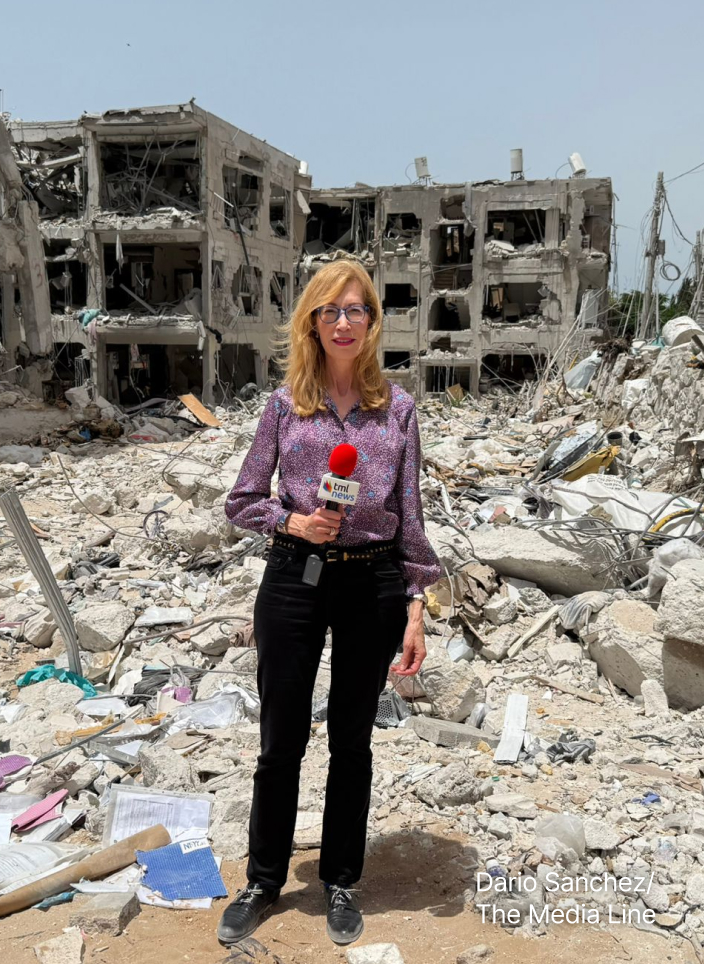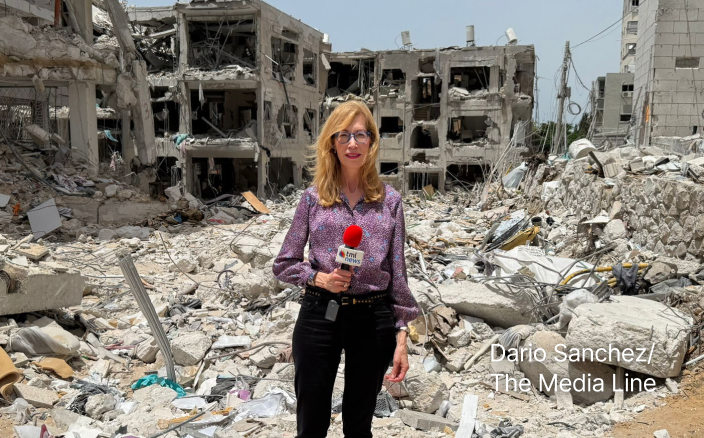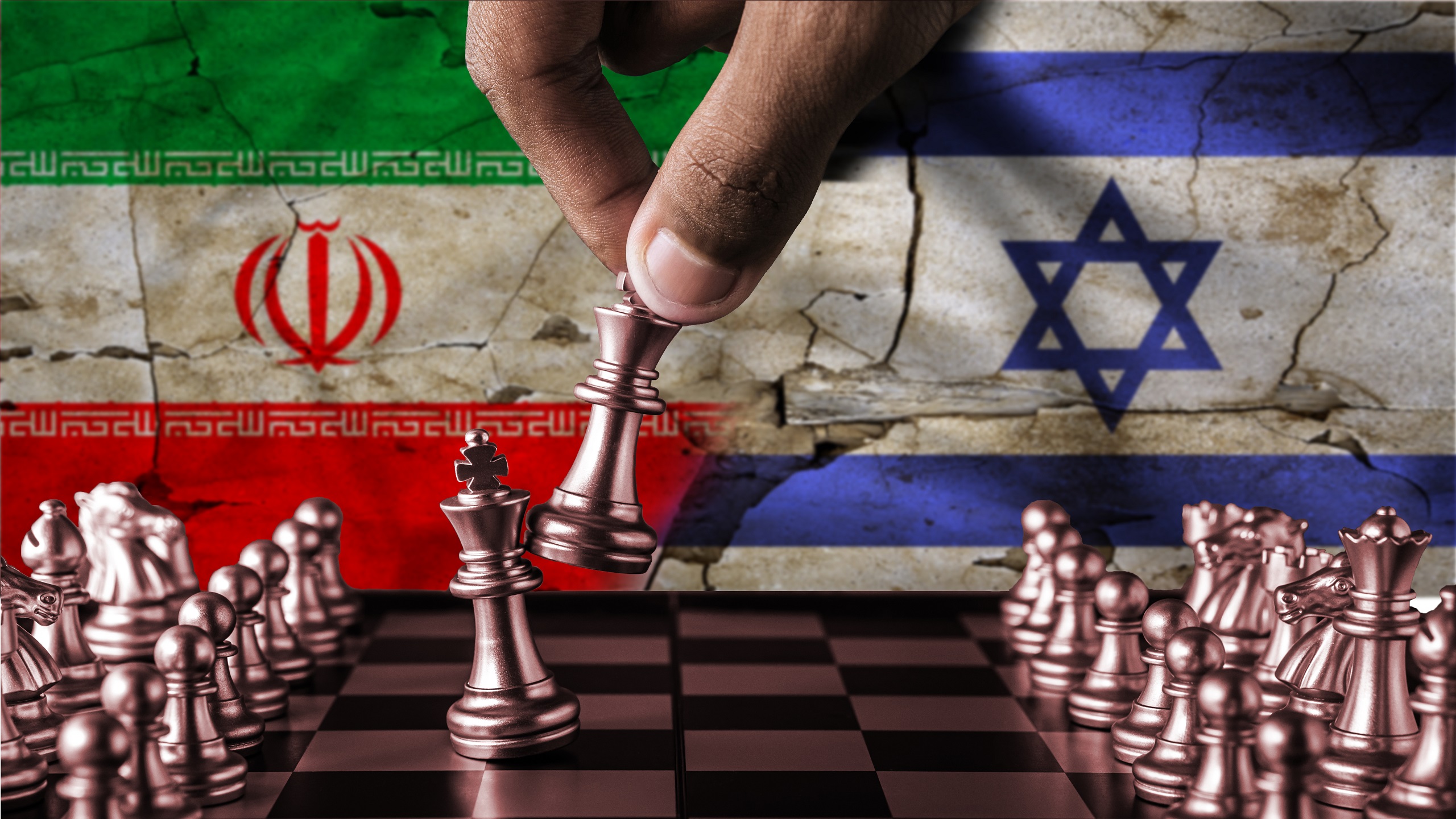Iran’s Policy of Strategic Patience
Al Mada, Iraq, October 9
In a telling shift from its longstanding policy of “strategic patience,” Supreme Leader Ayatollah Khamenei’s appearance during the Friday prayer sermon in Tehran, with a rifle prominently displayed beside him, signals Iran’s readiness to pivot toward a more aggressive posture. This move comes in the wake of the assassination of Hassan Nasrallah—a seismic event that appears to have propelled Iran into an escalating conflict with Israel. Hezbollah, traditionally at the forefront of the confrontation in southern Lebanon with Iranian backing, faces a landscape now devoid of specific engagement rules, as confrontation burgeons amidst a waning deterrent equilibrium. Nasrallah’s death has recalibrated the dynamics, compelling Tehran into the vortex of direct conflict with Israel, a scenario meticulously orchestrated by the Netanyahu government in Tel Aviv. Since October 7, 2023, Tehran’s stance had been one of restraint, keen to avoid a broader regional conflagration. Even following its missile response to the Israeli bombing of the Iranian consulate in Damascus last April, Iran and its officials staunchly maintained their preference to avert war. Iranian President Masoud Pezeshkian and Foreign Minister Abbas Araghchi emphasized efforts to prevent conflict expansion. Araghchi, responding to inquiries in a New York press briefing, underlined Hezbollah’s autonomy, asserting its capability to defend Lebanon independently. Yet, Nasrallah’s assassination marked a decisive rhetorical and operational shift, evidenced by Iran’s launch of missiles toward Israel. Aware of the risks inherent in direct military engagement with Israel, Iran is nonetheless shedding its previous strategy of patience and meticulous diplomacy in favor of more direct measures. Tehran’s involvement sends a clear signal—a response to the targeted assassinations not only of Nasrallah but also of other figures such as Ismail Haniyeh and Iranian leaders in Lebanon and Syria. Tehran understands that Netanyahu’s ambitions extend beyond Hamas in Gaza and Hezbollah in Lebanon, aiming to transform the Middle East with military might. Iran stands resolute, countering Israeli strategies not through conventional warfare, but by empowering its regional proxies. Israel’s response to Iranian aggression might briefly recalibrate deterrence, despite Iran’s ominous warnings to target Israeli refineries and gas fields if provoked. Neither side desires expansive warfare, favoring instead localized skirmishes involving Iran’s regional affiliates. Iran now faces a strategic crossroads, vacillating between relinquishing its erstwhile patience, confronting constrained losses by risking its axis of resistance or accepting the weakening of its proxies. Hezbollah stands as the linchpin of Iran’s regional strategy, yet now battles alone under the specter of Israeli assassination campaigns. The Houthis in Yemen threaten Red Sea commercial routes, though they have yet to effectively launch a military front against Israel. Similarly, factions in Iraq remain poised but have refrained from opening substantial new fronts. The Coordinating Committee of the Iraqi Resistance Factions wavers on the precipice, yet refrains from full-scale war, maintaining readiness without committing to direct conflict. The strategic divergence between Tehran and Tel Aviv is stark: Iran seeks to defend its regional influence, accumulated painstakingly over two decades, while exercising measured force. This sentiment was encapsulated in Supreme Leader Khamenei’s sermon, where he articulated a resolve intertwined with caution, signaling readiness to act when deemed prudent. Conversely, Israel pursues a recalibration of regional reality, grounded in securing borders and reinstating deterrence, using its military prowess and intelligence edge. It leverages the US electoral interlude, capitalizing on Washington’s diminished Middle Eastern engagement, barring isolated pro-Israel interventions, to cement a new status quo. Israel’s current strategy appears to be a race against time until November 5, coinciding with the US presidential elections, striving to forge an Israeli-centric Middle East not through diplomacy but through bloodshed, missiles, and target eliminations. —Ayad Al-Anbar (translated by Asaf Zilberfarb)
Give the gift of hope
We practice what we preach:
accurate, fearless journalism. But we can't do it alone.
- On the ground in Gaza, Syria, Israel, Egypt, Pakistan, and more
- Our program trained more than 100 journalists
- Calling out fake news and reporting real facts
- On the ground in Gaza, Syria, Israel, Egypt, Pakistan, and more
- Our program trained more than 100 journalists
- Calling out fake news and reporting real facts
Join us.
Support The Media Line. Save democracy.



